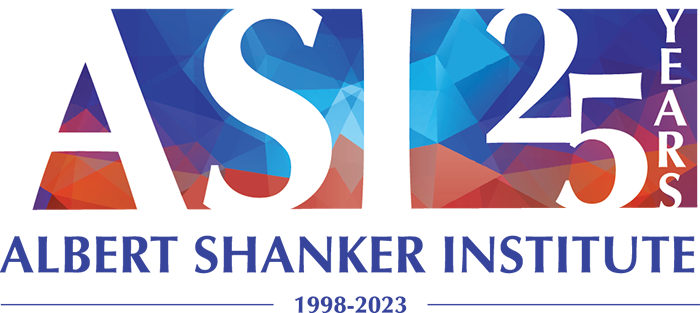Why Does Knowledge Matter?
We recently released a report examining reading laws enacted by states in the past four years. One finding that has generated interest is the fact that these laws pay almost no attention to the role of background/content knowledge in reading. Specifically, 6 out of 46 states that passed reading legislation between 2019 and 2022 mention background/content knowledge in their laws; of these, only 4—Arizona, Florida, Michigan, and Pennsylvania—include a more substantive (if brief) mention.
Florida’s law, for example, requires the state’s department of education to “develop and provide access to sequenced, content-rich curriculum programming, instructional practices, and resources that help elementary schools use state-adopted instructional materials to increase students' background knowledge and literacy skills.” But language like this is almost non-existent in the corpus of over 220 reading bills we examined. Why does this omission matter?
There's widespread agreement within the reading community regarding the association between knowledge and reading comprehension: the more you know, the more you understand when you read, and the more you gain from reading. Furthermore, there's a growing body of evidence (also here and here) suggesting that this association is causal. Thus, building knowledge, particularly through a content-rich curriculum, is expected to enhance general reading comprehension. While this is a encouraging finding, shouldn't we value knowledge for its own inherent worth? Beyond its essential role in comprehension, why else might knowledge matter?
